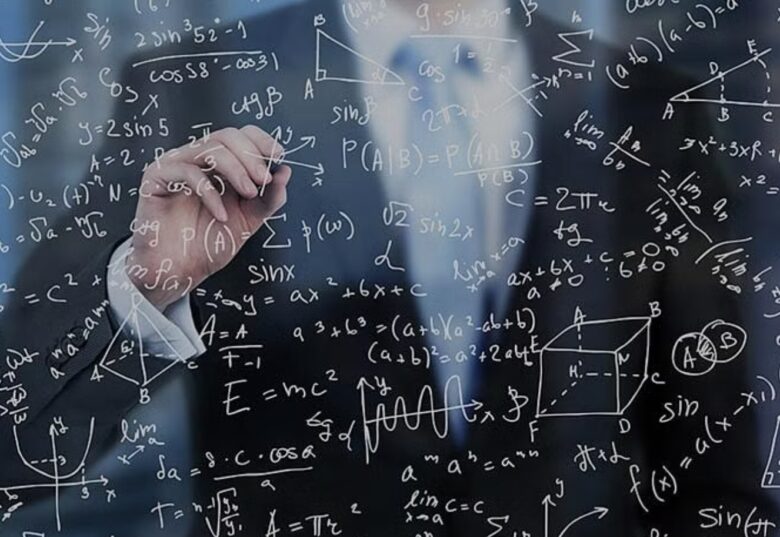Measuring business objectives and key performance indicators (KPIs) are essential to success in the professional world. But it’s nearly impossible to gauge progress accurately without the ability to observe data effectively. For professionals looking to increase their productivity and directly impact the overall performance of their organization, empowering data teams with observability tools and having visibility into every aspect of operations is an absolute must. With that said, how does one go about establishing reliable data observability? Learn what “data observability” means and how companies can utilize this technology to get ahead while reducing risks associated with initiatives.
Contents
- Benefits of Data Observability for Business Objectives and KPIs
- Identifying the Sources of Data Required for Metrics Analytics
- Setting Up and Monitoring Your Performance Indicators
- Gathering Insights From Your Metrics
- Using Machine Learning to Automate Analysis and Predictions
- Leveraging Data Observability to Increase Operational Efficiency
- How to Implement Effective Data Observability Practices
Benefits of Data Observability for Business Objectives and KPIs

Source: techrepublic.com
Businesses are reliant on data to make informed decisions. However, with the sheer volume of data available, ensuring that the right data is being analyzed to achieve business objectives and track key performance indicators (KPIs) can be challenging. This is where data observability comes in. Organizations can comprehensively understand their data and ensure its accuracy and reliability by implementing data observability practices. This can lead to more effective decision-making, improved productivity, better customer experiences, and increased revenue. Therefore, understanding the benefits of data observability is essential for any business looking to make data-driven decisions and achieve its strategic goals.
Identifying the Sources of Data Required for Metrics Analytics
Data is essential for business success. However, identifying the data sources required for metrics analytics can be challenging without data observability. This critical practice involves continuously monitoring data sources and pipelines to ensure data is complete, accurate, and reliable. Data analytics teams cannot trust the data for critical business decisions without observability. With proper data observability, businesses can have confidence in their data and use it to drive growth and success. So, it’s essential to prioritize data observability to identify the correct data sources for metrics analytics.
Setting Up and Monitoring Your Performance Indicators

Source: forbes.com
As a business owner, setting up and monitoring performance indicators is essential for tracking progress and identifying areas of improvement. Performance indicators can help you stay on top of goals and objectives, measure success, and make informed decisions based on data. But where do you start? First, it’s important to identify which indicators are most relevant to your business and align with your overall strategy. Then, set up a system to regularly track and analyze the data. This may involve using software tools or spreadsheets to collect and organize the data. By establishing KPIs and periodically monitoring them, you’ll be able to understand your business’ performance better and make data-driven decisions to achieve success.
Gathering Insights From Your Metrics
Analyzing metrics has become an essential tool in the decision-making process for businesses. However, obtaining valid insights from data can be daunting, especially when dealing with large datasets. That is where data observability tools come into play. These tools allow businesses to easily gather insights from their metrics with ease and in real time. By providing clear and precise visualizations, companies can quickly identify trends or patterns that may have gone unnoticed. Make informed decisions that lead to improved outcomes. Data observability tools are the key to unlocking the true potential of data and can give businesses a competitive edge in an ever-evolving market.
Using Machine Learning to Automate Analysis and Predictions

Source: simplilearn.com
Machine learning has revolutionized how data analysis and prediction. By incorporating algorithms that can learn and adapt, we can now automate these processes in once unimaginable ways. With machine learning, we can sift through huge amounts of data, identify trends, and make accurate predictions with increasing precision. In sectors ranging from finance to healthcare, the potential applications of machine learning are seemingly endless. By leveraging these sophisticated algorithms, we are unlocking new levels of insight and intelligence that would not be possible without this cutting-edge technology. We can expect even more exciting developments in the years ahead.
Leveraging Data Observability to Increase Operational Efficiency
Organizations could optimize their operational efficiency. One way to achieve this is by leveraging data observability. Data observability involves collecting and analyzing data to ensure it is timely, accurate, and consistent. By implementing data observability techniques, businesses can identify potential issues and prevent them from causing significant problems. This results in increased efficiency and better decision-making. Moreover, data observability helps organizations be more proactive in their data management, allowing them to respond to changes and make better-informed decisions quickly. Therefore, it is no surprise that data observability is becoming an increasingly important factor in optimizing operational efficiency for modern businesses.
How to Implement Effective Data Observability Practices

Source: rtinsights.com
The primary goal of any data observability practice is to ensure that the right data is collected and analyzed effectively. To achieve this, organizations should implement a comprehensive approach incorporating the following steps:
- Define clear objectives and KPIs that align with overall business goals.
- Collect data from various sources (e.g., internal databases, external APIs, etc.).
- Clean and transform the data to ensure its accuracy and consistency.
- Analyze the data using predictive analytics tools to identify correlations and patterns that can be used to improve decision-making.
- Monitor key performance indicators continuously to ensure progress is being made.
- Regularly review data sources and tools to identify potential issues before they become problematic.
By following these steps, businesses can maximize the benefits of data observability and ensure that their data is reliable, accurate, and up-to-date. This enables organizations to make informed decisions while reducing the risk associated with initiatives.
Final Thoughts
It can be seen that data observability is a tool to help achieve their goals and improve operational efficiency. For organizations aiming to optimize their performance indicators, getting the right insights from meaningful metrics ensures they make informed decisions. By leveraging the monitoring capabilities of its dashboards and machine learning capabilities for automated analysis and predictions, any organization can enjoy the benefits of optimized performance analysis. Above all else, harnessing the potential of data observability helps organizations maintain insight into organizational objectives and KPIs—ultimately representing success in both short-term gains and long-term goals. Applying these best practices will give businesses an edge regarding top performance.
